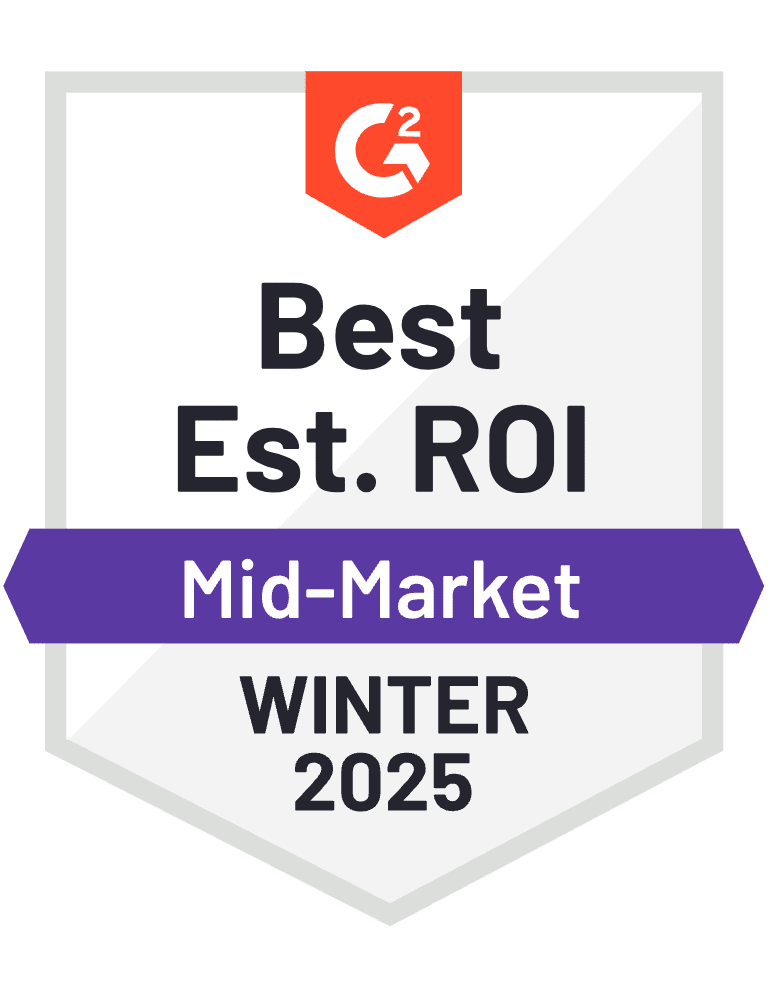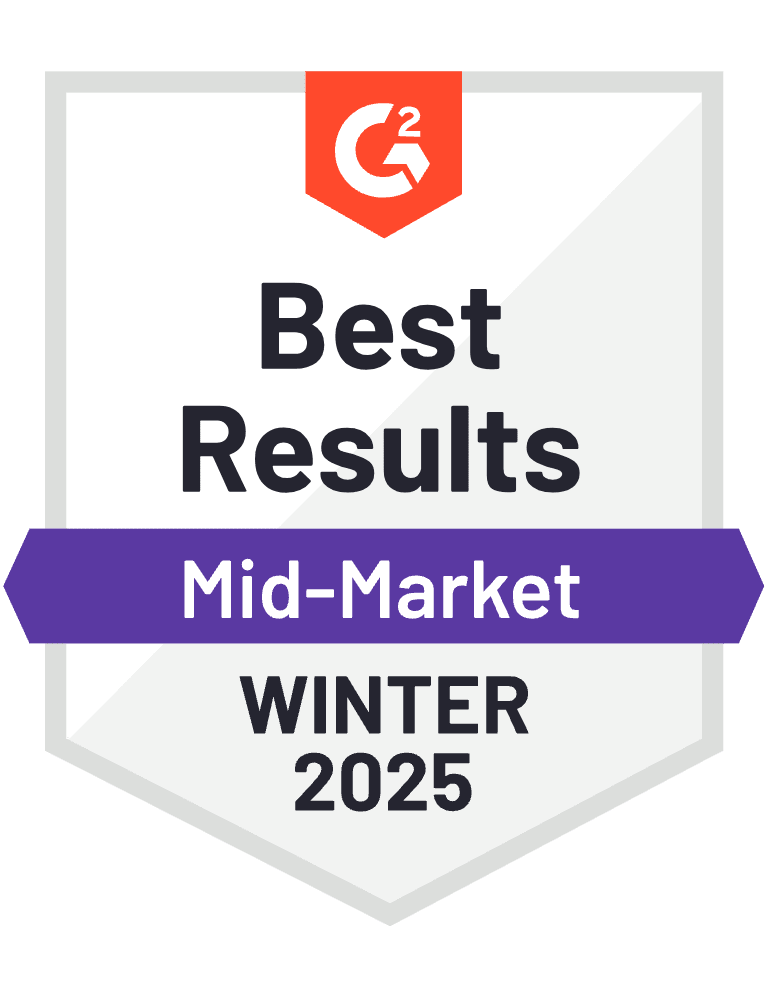Employee Performance Management Software – Performance Management Software
Performance Management 365 is a cutting-edge performance appraisal tool designed for organizations focused on growth and continuous improvement. Our software facilitates real-time performance reviews, offering comprehensive monitoring, analysis, tracking, and evaluation of employee performance. This ensures that organizational goals are met and desired returns on investment are achieved.
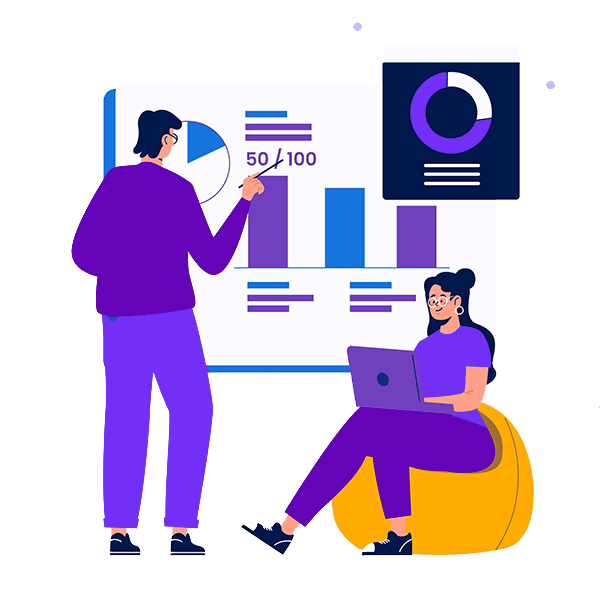
Trusted by 7100+ businesses from 152 countries

















Now Performance Management 365 App is Available on Microsoft Teams
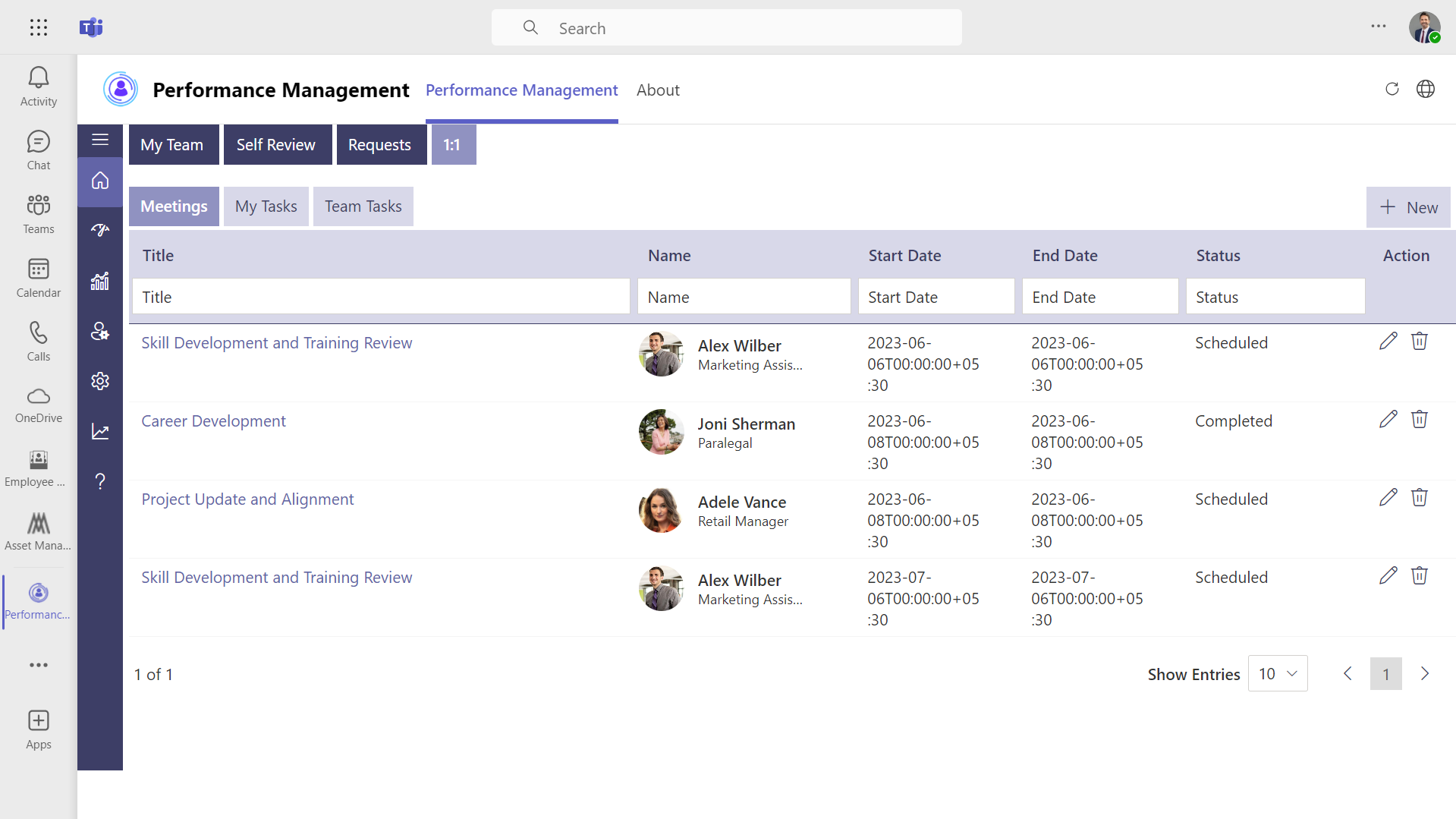
Simplify appraisals using HR365 Performance Management Software
- Efficient Evaluation Management: Manage the entire employee evaluation process with our SharePoint Performance Management Software.
- Customizable Appraisals: Easily customize appraisal cycles and rating scales to align with organizational goals.
- Collaborative Review: Enhance accuracy and efficiency with a collaborative review environment.
- Real-Time Insights: Access organizational insights, including gender diversity ratios, average age, tenure, and appraisal completion rates by location or department.
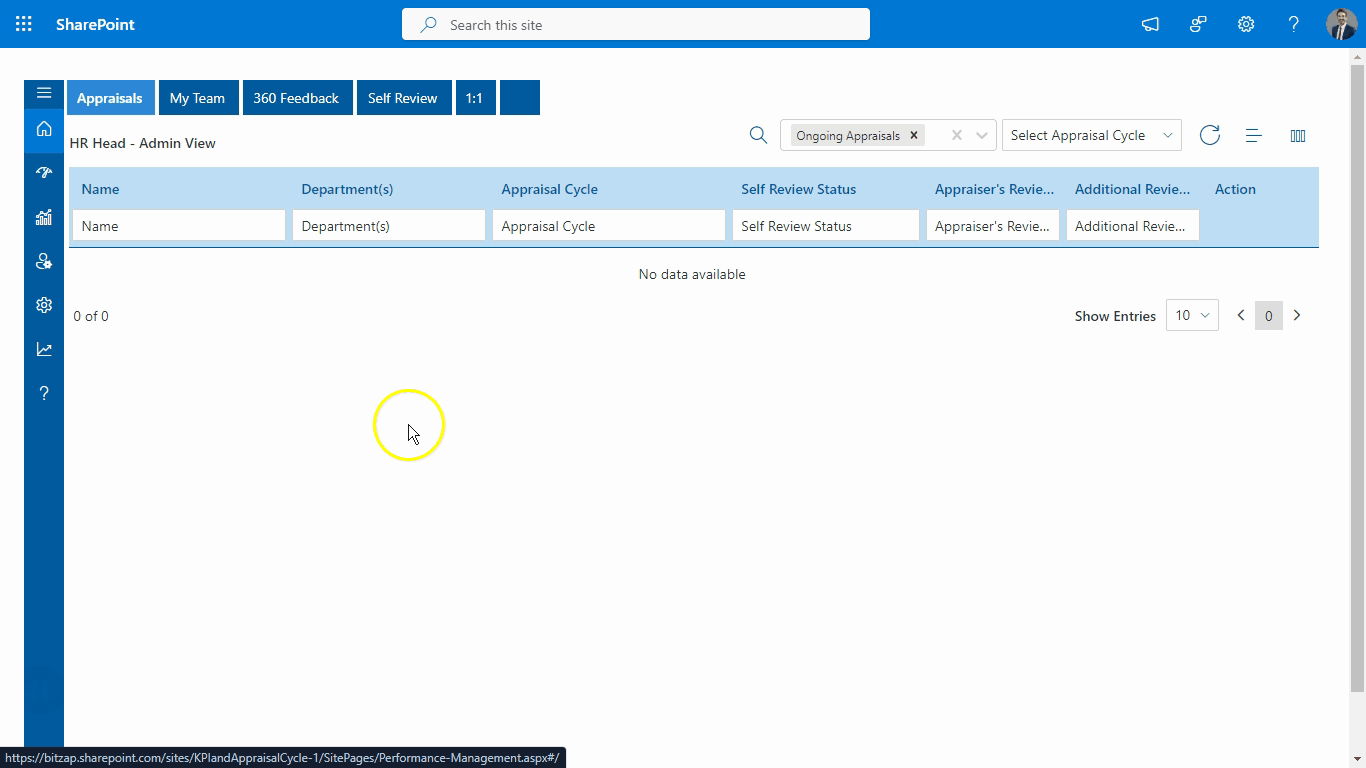
Evaluate and Acknowledge Employee Contributions
- Enhanced Evaluations: Improve performance assessments with multi-reviewer capabilities and both standard and weighted reviews.
- Customizable Implementation: Choose between integrating with HR365 HRMS or using as a standalone Employee Performance Management module.
- Adaptable Software: Tailor the software to fit your specific performance monitoring needs.
_G0cISZOj08.gif?updatedAt=1720501713282)
Comprehensive 360-Degree Feedback for Ongoing Improvement
- Progress Tracking: Monitor employee progress effectively with our performance management software.
- Constructive Feedback: Facilitate the exchange of productive feedback among peers, managers, and stakeholders.
- Continuous Feedback Loop: Create an ongoing feedback loop within the appraisal cycle.
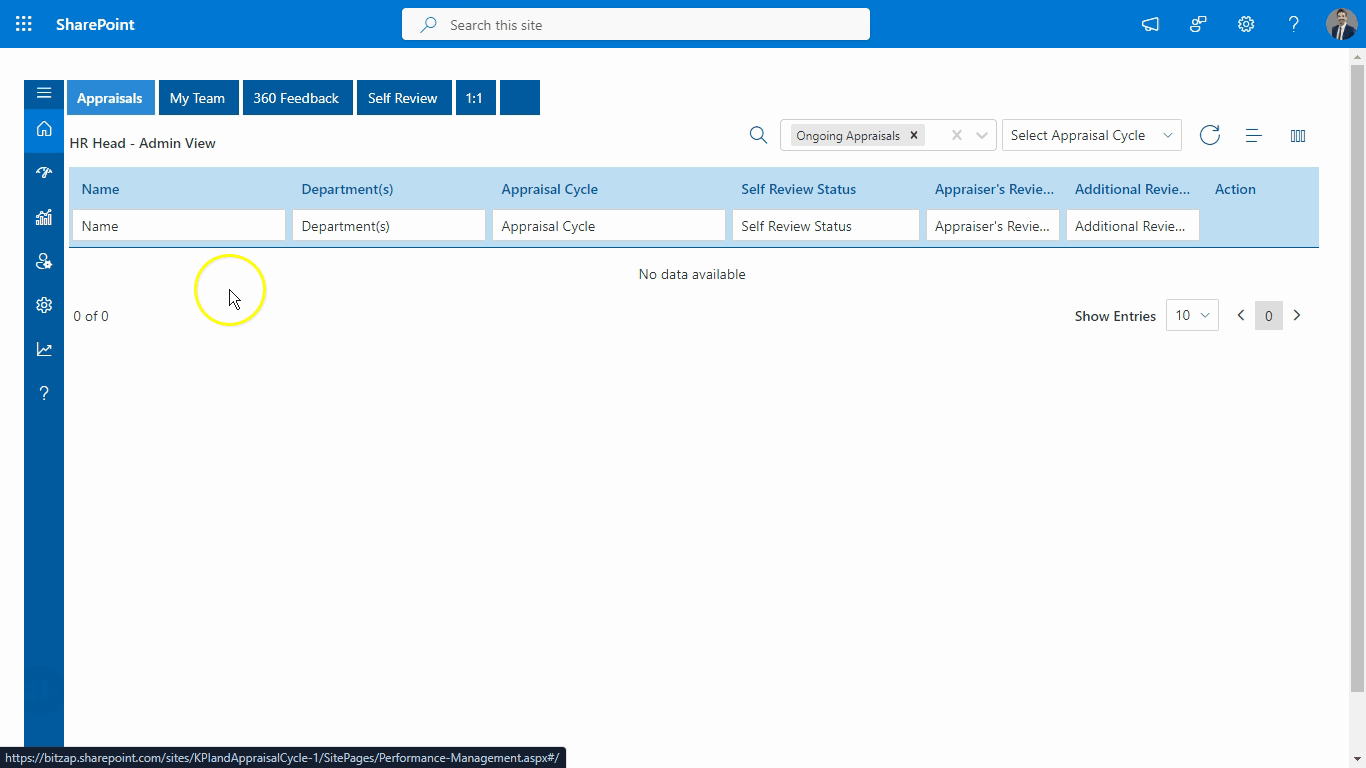

Performance Dashboards: SharePoint-Based Tool
- Automated Reminders: Streamline workflow with automatic reminders.
- Instant Reports: Generate reports quickly and efficiently.
- Timely Notifications: Send notifications via email or Teams.
- Overview Dashboard: Get a quick view of your organization’s appraisal status.
Why Performance Management 365
Seamless Integration Across Platforms
Ensures 99% integration success rate with existing systems, minimizing downtime and implementation costs.
Customizable Dashboards and Reports
Enables creation of tailored dashboards and reports, reducing report generation time by 50%.
Automated Employee Performance Reviews
Automates 90% of the performance review process, saving HR teams an average of 15 hours per week.
Connect Performance Management 365 with your other Apps
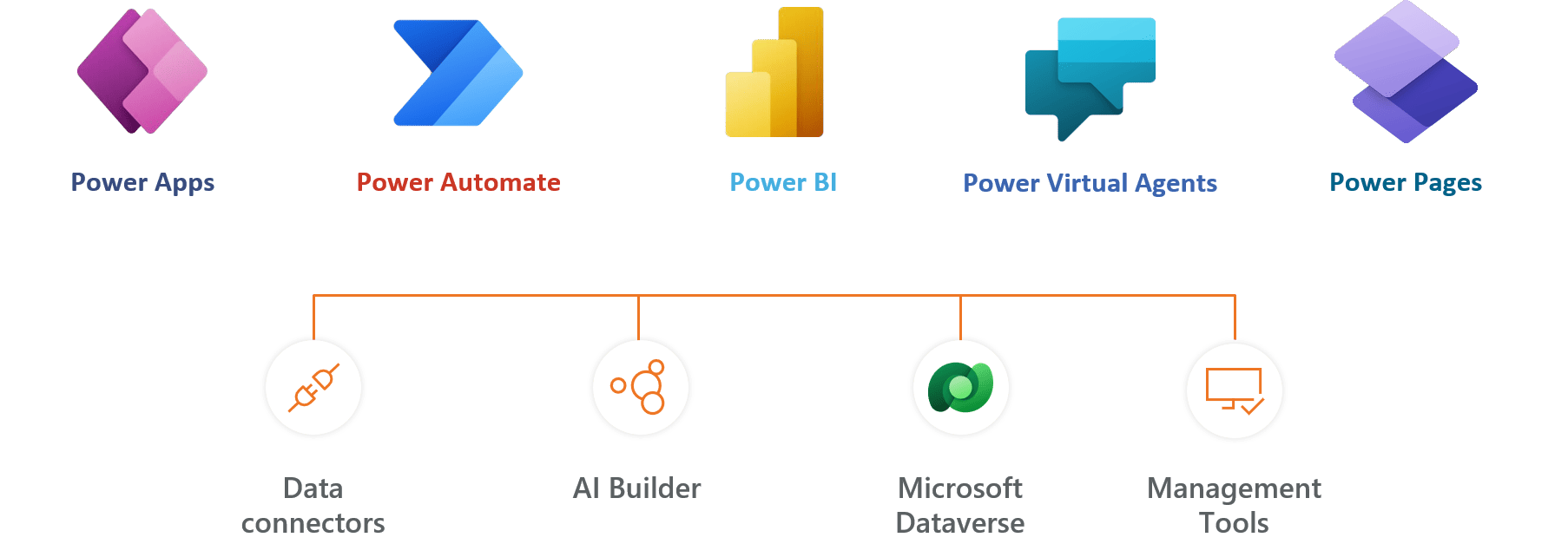
Performance Management 365 Plans
Standard
$7999
per month, billed yearly
Standard Plan Features
- 10 users
- 2 support tickets per annum
- Free updates via MS store
- Integrates with Office 365
- SharePoint app only
- Data stays in SharePoint
- Multiple roles
Plus
$14999
per month, billed yearly
Everything in Standard and…
- 25 users
- 4 support tickets per annum
- Free updates with support
- KRA Categories
- Custom Logo
- 5 Point rating scale
- Notifications
- Multiple departments & groups
- Multiple appraisal cycles
Premium
$19999
per month, billed yearly
Everything in Plus and…
- 40 users
- Additional users at $1.5/user
- Unlimited support tickets
- Microsoft Teams App
- Self-Review
- KRA bank
- KRA templates
- Weighted rating option
- Dashboard - Performance Analytics
- Rating to verbatims
- 360 degree feedback module
- 1:1 meeting tracker Module
- Smart notifications
Enterprise
$24999
per month, billed yearly
Everything in Premium and…
- 50 users
- Additional users at $2/user
- Multiple Reviewers
- 9 point enterprise rating scale
- Multiple rating scales options
- Collaboration timelines
- Dashboard - Org analytics
- 1:1 Meetings on Calendar
- Customizable email notifications
- Customize with Power Automate
- Power BI & Power Apps Integration
- Dedicated Account Manager
- Integration with KRAs
- One free customization*
Clients Speak
What's more ?
Free Support
Get 24/5 email support for all plans at no additional cost.
Premium Support
Avail enhanced support and get your questions answered faster. Learn more
500+ users ?
*One Free Customization (upto 4 hours)
Frequently Asked Questions
What is continuous performance management?
Continuous performance management is an approach where feedback, coaching, and goal setting occur on an ongoing basis rather than through annual reviews. It promotes real-time adjustments and improvements in employee performance.
How does Microsoft performance management software support remote teams?
Microsoft performance management software supports remote teams in several key ways:
Centralized Access:
- Tools like Microsoft Dynamics 365 and Microsoft Viva provide centralized platforms where remote team members can access performance data, set goals, and receive feedback, regardless of their location.
Real-Time Feedback:
- Microsoft Viva and other tools allow for real-time feedback and communication, helping remote employees stay engaged and informed about their performance.
Goal Setting and Tracking:
- These tools enable managers and remote employees to set and track performance goals, ensuring alignment and visibility across distributed teams.
Performance Analytics:
- Microsoft Power BI can be used to create custom dashboards that visualize performance metrics, helping remote teams and managers monitor performance trends and make data-driven decisions.
Integrated Communication:
- Integration with Microsoft Teams facilitates seamless communication and collaboration, allowing for regular check-ins, performance discussions, and sharing of feedback without requiring face-to-face meetings.
Employee Well-being:
- Microsoft Viva Insights provides insights into work patterns and employee well-being, helping managers identify potential issues such as burnout or disengagement among remote team members.
Document Sharing and Collaboration:
- Tools like SharePoint and OneDrive ensure that remote team members have access to necessary documents and resources for performance management and development.
Training and Development:
- Microsoft Learning and other resources can be integrated to offer training and development opportunities for remote employees, supporting their growth and performance improvement.
By leveraging these features, Microsoft performance management software helps remote teams stay connected, aligned, and productive.
Can performance management software integrate with payroll systems?
Yes, many performance management software solutions offer integration with payroll systems to streamline compensation processes based on performance evaluations and achievements.
What role does AI play in performance management software?
AI in Employee performance management software helps in predictive analytics for identifying trends, personalized recommendations for development, and automating routine tasks like scheduling reviews and compiling performance data.
How does SharePoint performance management software handle data security and privacy?
SharePoint performance management software handles data security and privacy through a combination of built-in features and best practices:
Access Controls:
- Permissions and Roles: SharePoint allows administrators to set granular permissions and roles, ensuring that only authorized users can access or modify performance management data.
- Site Collection and Library Permissions: You can manage permissions at various levels, such as site collections, libraries, folders, and individual documents.
Data Encryption:
- In-Transit Encryption: SharePoint uses TLS (Transport Layer Security) to encrypt data as it travels between users and the SharePoint server.
- At-Rest Encryption: Data stored in SharePoint is encrypted using AES (Advanced Encryption Standard) to protect it from unauthorized access.
Compliance and Auditing:
- Audit Logs: SharePoint provides auditing capabilities that track user activity, such as document access and changes, helping to ensure compliance and detect potential security issues.
- Compliance Center: Microsoft Compliance Center offers tools for data governance, eDiscovery, and compliance management to help meet regulatory requirements.
Data Loss Prevention (DLP):
- DLP Policies: SharePoint integrates with Microsoft 365’s Data Loss Prevention (DLP) policies to help prevent the accidental sharing of sensitive information and to enforce data protection rules.
Multi-Factor Authentication (MFA):
- Enhanced Security: MFA adds an extra layer of security by requiring users to provide additional verification (such as a code sent to their phone) in addition to their password.
Regular Security Updates:
- Patching and Updates: Microsoft regularly updates SharePoint with security patches and improvements to protect against vulnerabilities and threats.
Backup and Disaster Recovery:
- Data Backup: SharePoint offers backup and recovery options to ensure that data can be restored in case of loss or corruption.
- Disaster Recovery: Microsoft provides disaster recovery solutions to ensure high availability and data integrity.
User Training and Awareness:
- Security Best Practices: Educating users on security best practices and proper handling of sensitive information helps reduce the risk of accidental breaches.
By leveraging these features, SharePoint helps ensure that performance management data is secure and compliant with privacy regulations.
What are the scalability considerations for performance management software?
Scalable Employee performance management software should accommodate growth in employee numbers and organizational complexity without compromising performance or usability.
How does performance management software facilitate 360-degree feedback?
Employee Performance management software enables gathering feedback from multiple sources (peers, managers, direct reports, etc.) to provide a holistic view of an employee’s performance and development areas.
What reporting and analytics capabilities should I look for in SharePoint performance management software?
Customizable Dashboards:
- Interactive Dashboards: Look for the ability to create and customize dashboards that provide real-time insights into performance metrics.
- Widgets and Widgets: Ensure the software supports various widgets for visualizing data, such as charts, graphs, and tables.
Advanced Reporting:
- Built-In Reports: Check for pre-built report templates that cover key performance indicators (KPIs) and metrics.
- Custom Report Creation: The ability to design and generate custom reports tailored to specific needs and metrics.
Data Visualization:
- Charts and Graphs: Support for different types of charts (e.g., bar, line, pie) to visualize performance trends and comparisons.
- Heat Maps and Graphs: Tools for advanced visualization, like heat maps, that highlight performance patterns and areas needing attention.
Data Integration:
- Integration with Other Tools: Ability to pull data from various sources, including other Microsoft 365 apps, databases, and third-party tools.
- Data Import/Export: Features for importing and exporting data to and from other formats like Excel or CSV for further analysis.
Analytics and Insights:
- Trend Analysis: Tools for analyzing trends and patterns over time to understand performance changes and predict future outcomes.
- Benchmarking: Capability to compare performance against benchmarks or historical data to gauge improvements or declines.
Filtering and Sorting:
- Dynamic Filtering: Options to filter data based on various criteria (e.g., date ranges, departments, performance metrics) to view relevant information.
- Sorting and Grouping: Tools for sorting and grouping data to facilitate detailed analysis and reporting.
Automated Reporting:
- Scheduled Reports: Ability to automate report generation and distribution on a scheduled basis, such as daily, weekly, or monthly.
- Alerts and Notifications: Features to set up alerts for specific performance thresholds or changes, ensuring timely responses.
Interactive Analytics:
- Drill-Down Capabilities: Interactive elements that allow users to drill down into data for more detailed insights.
- Ad-Hoc Analysis: Tools for conducting on-the-fly analysis to answer specific performance-related questions.
User-Friendly Interface:
- Ease of Use: An intuitive interface that makes it easy for users to generate, view, and interpret reports without requiring extensive training.
- Mobile Access: Mobile-friendly reporting and analytics to access performance data from any device.
Collaboration Features:
- Sharing and Collaboration: Tools for sharing reports and insights with team members and stakeholders, including comment and discussion features.
These capabilities will help you effectively track, analyze, and manage performance using SharePoint, enhancing your ability to make informed decisions and drive improvements.
How can performance management software help in succession planning?
Employee Performance management software identifies high-potential employees, tracks their development progress, and supports succession planning by ensuring the right talent is ready to fill key roles.
What support and training options are available for implementing performance management software?
Good performance management software providers offer implementation support, training sessions, user guides, and ongoing customer support to ensure successful adoption and use of the software across the organization.



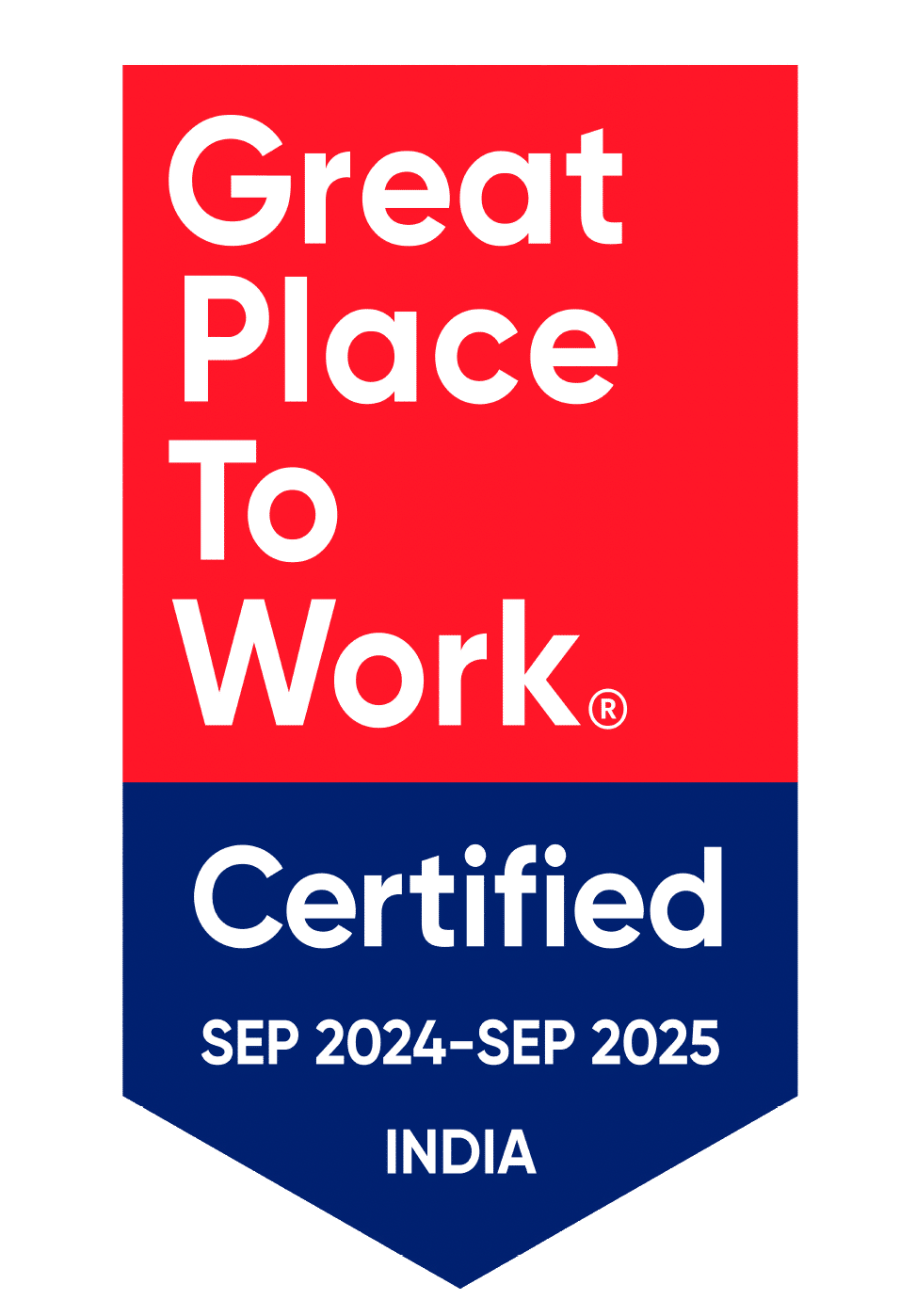


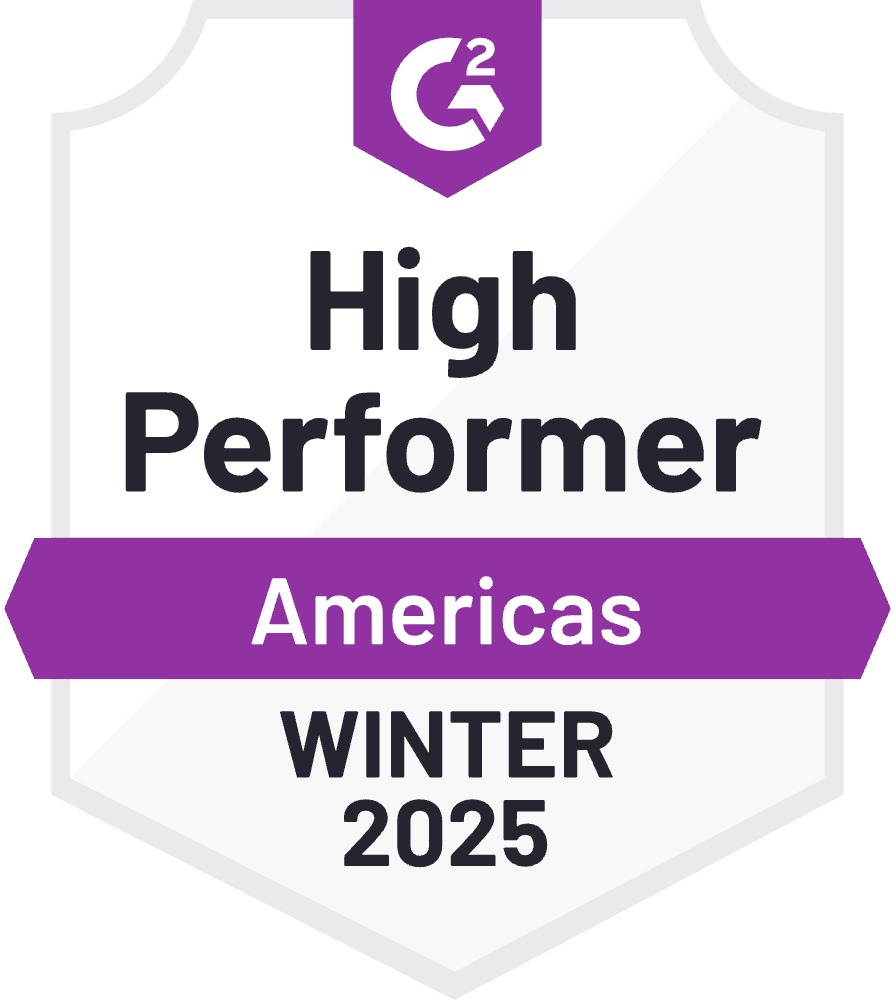


_Rapo0hRMBy.png)
